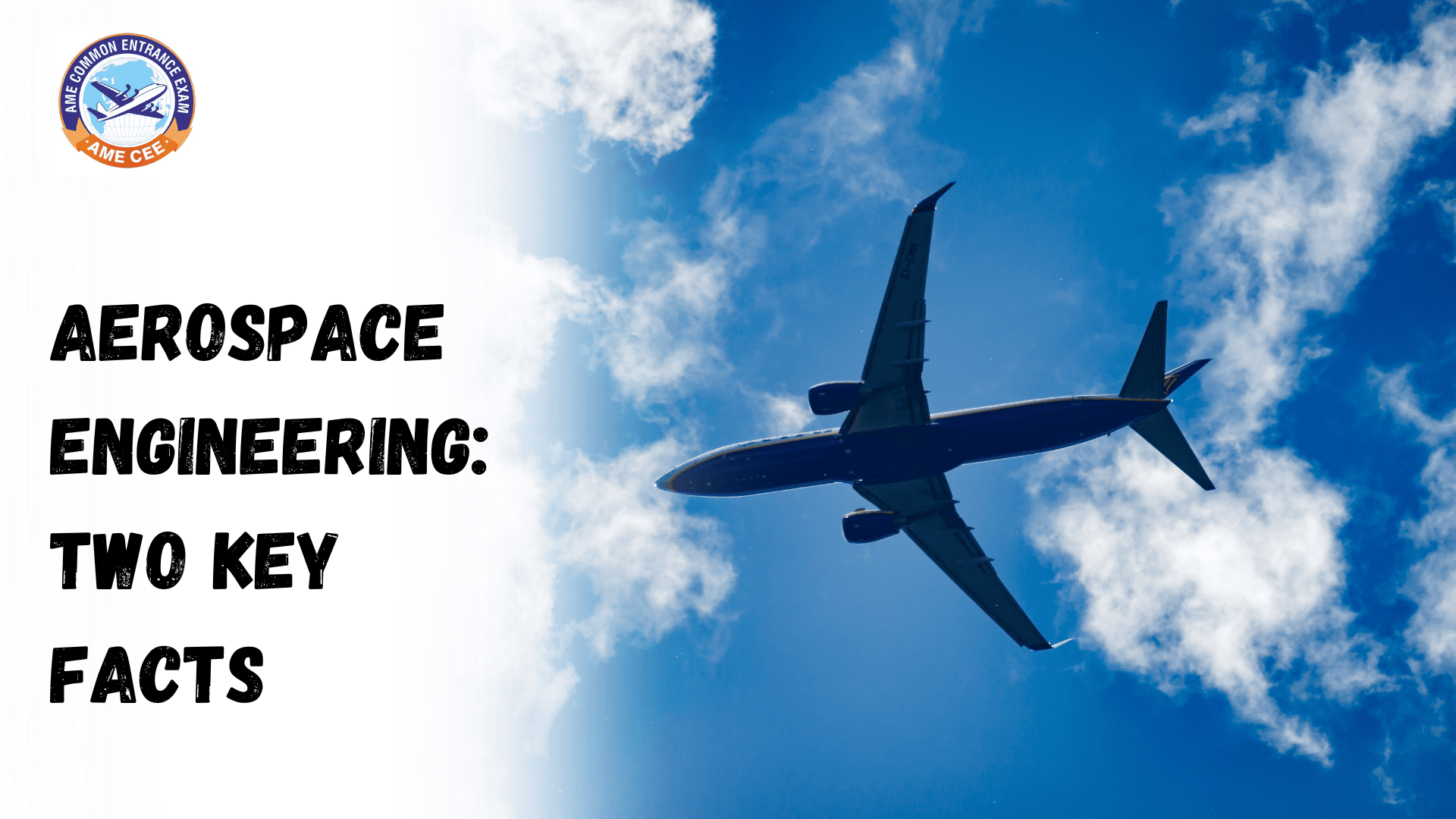Aerospace engineering is a specialized branch of engineering that focuses on the design, development, and maintenance of aircraft and spacecraft. This field is vital to the advancement of technologies used in aviation and space exploration. In this article, we will highlight two key facts about aerospace engineering that underline its importance in the modern world.
Fact 1: Aerospace Engineering Encompasses Both Aeronautical and Astronautical Engineering
Aerospace engineering is not just limited to designing airplanes; it is divided into two main branches: aeronautical engineering and astronautical engineering. Each of these branches focuses on different aspects of aerospace technology, but both play a critical role in advancing the field.
1. Aeronautical Engineering
Aeronautical engineering deals with the design, construction, and operation of aircraft that operate within Earth’s atmosphere. This includes airplanes, helicopters, drones, and other flying machines. Engineers in this field focus on making these aircraft more efficient, safer, and environmentally friendly. Aerodynamics, materials science, and propulsion systems are crucial components of aeronautical engineering.
2. Astronautical Engineering
Astronautical engineering, on the other hand, is concerned with spacecraft that travel beyond Earth’s atmosphere. This includes rockets, satellites, space stations, and interplanetary spacecraft. Engineers working in astronautical engineering tackle challenges such as propulsion in the vacuum of space, creating life support systems, and ensuring spacecraft durability under extreme space conditions.
Fact 2: Aerospace Engineering Plays a Vital Role in Technological Innovation
Aerospace engineering drives innovations that have a wide range of applications beyond aviation and space exploration. Many of the technologies developed in aerospace engineering have led to breakthroughs in other industries, such as electronics, materials science, and communication systems.
1. Innovations in Aircraft Design
The aviation industry continually benefits from advancements in aerospace engineering. Innovations like more fuel-efficient engines, lighter and stronger materials, and advanced navigation systems have made modern aircraft safer, faster, and more environmentally friendly. These innovations are key to reducing operating costs and enhancing passenger experiences.
2. Innovations in Space Exploration
Space exploration has also been revolutionized by aerospace engineering. From the development of reusable rockets to advanced satellite technology, aerospace engineers play a vital role in pushing the boundaries of human knowledge. The designs created by aerospace engineers enable missions to the International Space Station (ISS), the exploration of Mars, and the development of satellite networks that provide global communication.
Conclusion
In summary, aerospace engineering is a dynamic and innovative field that encompasses both aeronautical and astronautical engineering. It plays a critical role in improving our daily lives through advancements in aircraft technology and space exploration. The continued progress in this field promises even greater innovations in the future, impacting industries far beyond aviation and space.
FAQs
Q1: What is aerospace engineering?
A1: Aerospace engineering is the branch of engineering that focuses on the design, development, and maintenance of aircraft and spacecraft.
Q2: What are the two main branches of aerospace engineering?
A2: The two main branches of aerospace engineering are aeronautical engineering (which focuses on aircraft) and astronautical engineering (which focuses on spacecraft).
Q3: How does aerospace engineering impact everyday life?
A3: Aerospace engineering leads to innovations in aviation, satellite communication, and other technologies that benefit everyday life, such as GPS systems, weather forecasting, and global connectivity.


